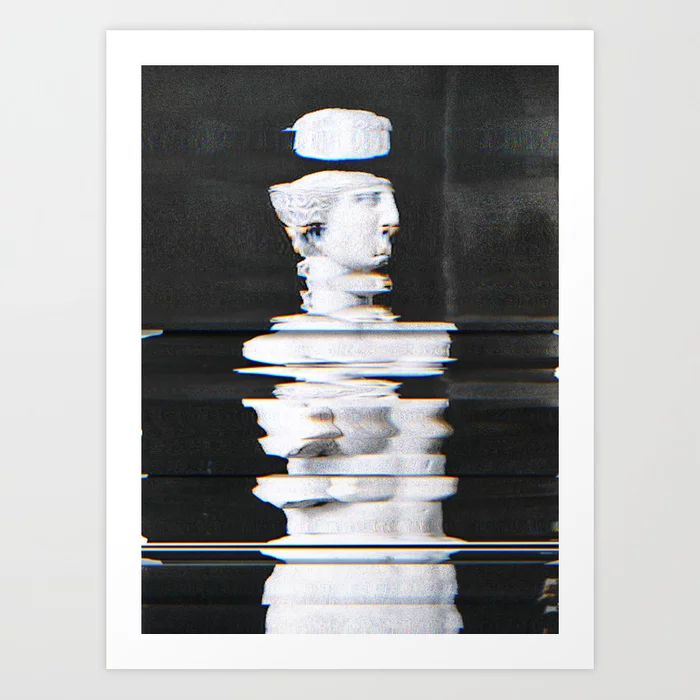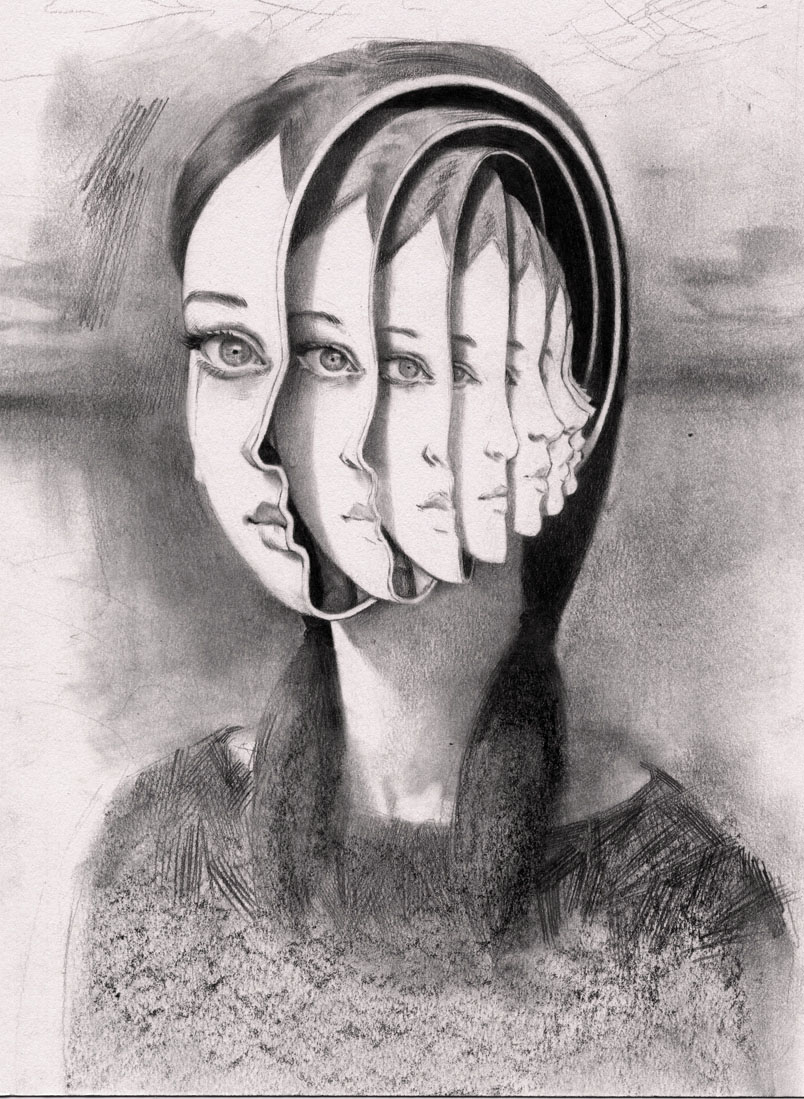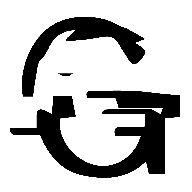Category: Glitch Art Inspiration
-
Paul Kaptein
Kaptein’s sculpture probes constructions of the temporal, the physical, and the metaphysical – employing disruption to question established systems. Through a refined manipulation of form, works forge an equilibrium between opposing conditions: movement and stillness, matter and void, the finite and the infinite. The body – referenced through both figuration and process – is positioned…
-

Beginner’s Guide to Glitch Art
What is Glitch Art? Glitch art is a type of art that is created by deliberately introducing errors or “glitches” into digital images or videos. Glitch art can be made with software, hardware, or simply by manipulating digital data. Glitch art often explores the relationship between technology and society. It can comment on mass surveillance,…
-
Mishko
Biography I’ve creating as long as I can remember. I started getting heavily into playing guitar, photography, and digital art in high school. Then I had a student teacher change my life—he asked me if I could design his album art. From then on I started combining my talents and passions. Still in high school,…
-

Miles Johnston Glitch Art
Miles Johnston’s graphite drawings are gorgeous examples of hand-drawn glitch effects. Miles Johnston works primarily in pencil drawing. His surreal art explores psychological transformation in portraits and figurative images.Captivating. Mindbending. Recursive. Face melting. Gorgeous.Johnston’s art is our psyche staring back from the void. Beyond the threshold of strange changes; he illustrates not a calculus infinite worlds,…
